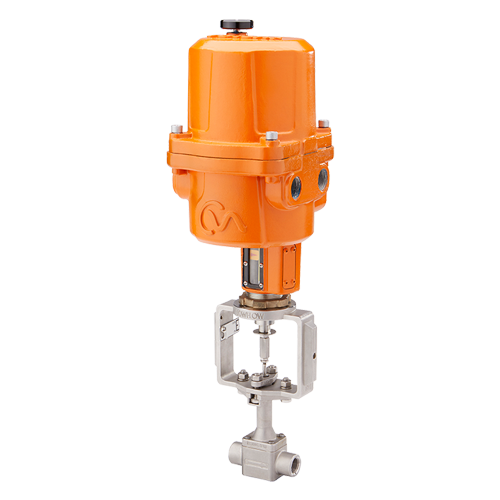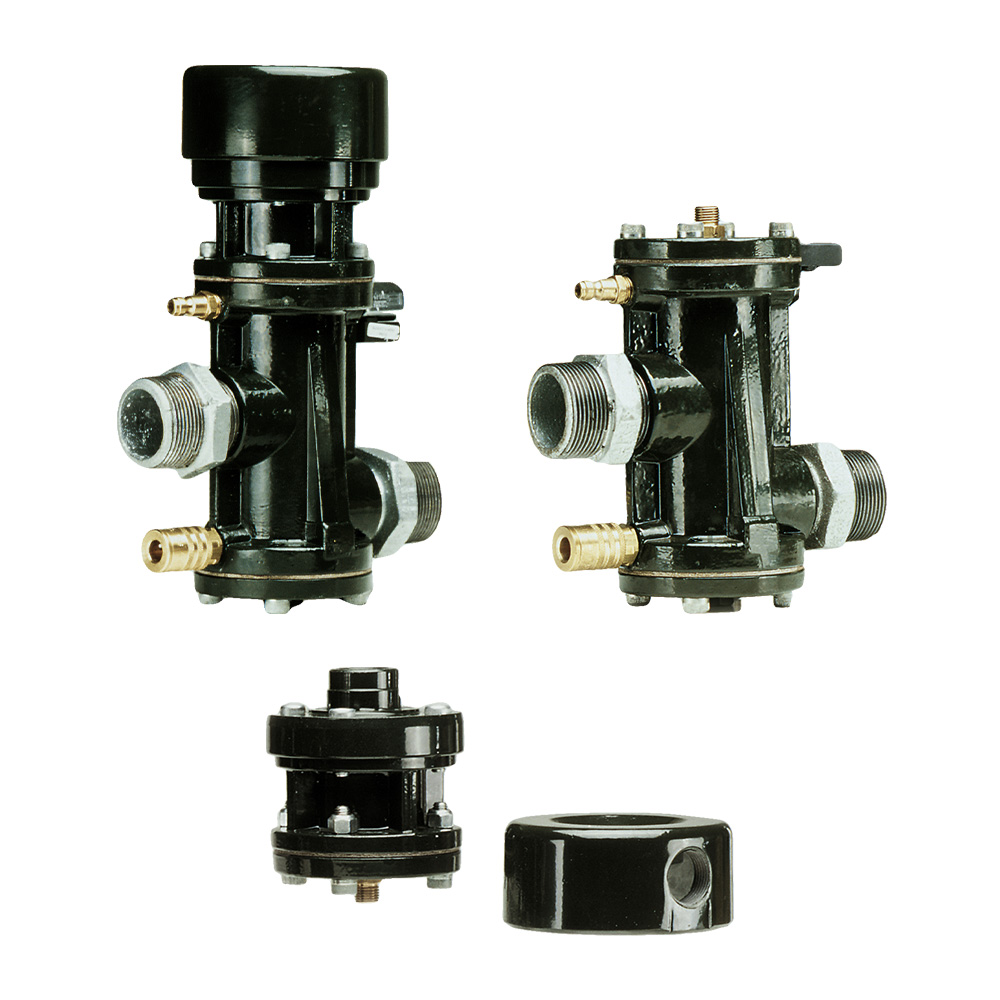Ingenious Control Valves: Enhancing Precision and Dependability
Ingenious Control Valves: Enhancing Precision and Dependability
Blog Article

Maximize Power Financial Savings and Comfort With Advanced Building Automation Controls
In the realm of modern-day architecture and center management, the integration of advanced structure automation controls stands as a crucial advancement. By taking advantage of the power of automation, structures can adapt, react, and evolve in methods that were as soon as inconceivable.
Energy Effectiveness Perks
Energy effectiveness advantages can dramatically decrease power intake and functional costs in buildings. By implementing energy-efficient practices and innovations, building proprietors and drivers can accomplish significant savings while also adding to ecological sustainability. One of the primary benefits of boosting power efficiency in structures is the decrease of energy expenses. Energy-efficient systems, such as innovative structure automation controls, can enhance the use of resources like heating, cooling, and lighting, causing reduced energy expenditures with time.
Furthermore, enhanced power effectiveness can extend the lifespan of structure devices and systems. By running more efficiently, a/c systems, light, and various other building elements experience much less damage, leading to lowered upkeep and replacement prices. Additionally, energy-efficient structures often command higher home worths and rental prices, giving lasting monetary advantages to owners.
In addition, energy effectiveness can boost occupant convenience and performance. Appropriately controlled interior environments with ideal lights and thermal problems create a more pleasant and favorable work area, bring about improved worker complete satisfaction and efficiency. Generally, the power efficiency benefits linked with advanced building automation controls are complex, encompassing cost savings, ecological stewardship, and occupant wellness.
Boosted Comfort Control
Enhancing comfort control in structure settings needs a sophisticated assimilation of innovative automation systems for optimum passenger wellness. By making use of sophisticated building automation controls, centers can customize the indoor setting to fulfill the certain needs and choices of owners. control valves.
Boosted convenience control goes beyond standard temperature level adjustments. It consists of attributes such as tailored settings, occupancy sensing units, and natural light utilization to develop a receptive and dynamic environment. By including these sophisticated controls, structures can not only boost comfort but also improve power performance by maximizing system operations based upon actual occupancy and usage patterns. Ultimately, prioritizing passenger convenience through innovative automation systems causes a more delightful and healthier interior setting.
Functional Efficiency Improvements

Additionally, the implementation of real-time surveillance and analytics tools allows building operators to determine energy inadequacies and functional anomalies promptly. By continually monitoring power use patterns and system performance metrics, adjustments can be made in real-time to maximize energy intake and ensure peak functional efficiency. control valves. Furthermore, including demand feedback strategies into structure automation controls can even more improve operational effectiveness by dynamically adjusting energy use based upon grid problems and prices signals
Indoor Environment Optimization
Efficient indoor environment optimization is an essential facet of building automation controls, making sure occupants' comfort and wellness while maximizing power savings. By using innovative sensors and controls, constructing automation systems can continuously keep an eye on and readjust temperature, humidity levels, air quality, and air flow to create an optimal indoor environment. Maintaining comfortable and consistent conditions not just boosts resident satisfaction yet additionally boosts productivity and overall well-being.
Interior climate optimization also plays a vital function in energy performance. By fine-tuning home heating, air flow, and cooling systems based on real-time data and tenancy patterns, constructing automation controls can significantly minimize energy intake - control valves. For instance, applying strategies such as demand-controlled ventilation and thermal zoning can assist reduce power waste while guaranteeing that each area of the structure gets the required conditioning.

Lasting Atmosphere Creation
Structure automation manages not just enhance interior climate conditions for power efficiency and owner comfort yet likewise lay the foundation for producing a lasting atmosphere via critical administration of systems and resources. By incorporating advanced building automation innovations, such as sensing units, actuators, and intelligent software program, go to website facilities can change and monitor energy use in real-time to decrease waste and reduce their carbon footprint. These systems make it possible for predictive maintenance, recognizing possible problems before they rise and optimizing equipment performance to boost longevity and effectiveness.
Additionally, lasting environment creation prolongs past power monitoring to incorporate water conservation, waste reduction, and indoor air high quality renovation. Structure automation controls can manage water usage, find leakages, and ensure proper waste disposal techniques, adding to total sustainability initiatives. In addition, by managing and checking air flow he has a good point and purification systems, these modern technologies improve owner wellness and performance while lowering power consumption related to cooling and heating procedures.
Final Thought
Finally, advanced structure automation controls deal substantial benefits in regards to power financial savings, comfort control, operational efficiency, indoor environment optimization, and producing a sustainable environment. By implementing these controls, buildings can achieve optimal efficiency while minimizing energy usage and enhancing occupant convenience. It appears that using advanced automation technology is essential in boosting structure performance and producing a much more sustainable future.
Power effectiveness benefits can dramatically minimize power consumption and operational expenses in buildings. Generally, the power performance benefits linked with sophisticated structure automation controls are multifaceted, encompassing price savings, ecological stewardship, and resident health.
Furthermore, incorporating need response techniques right into structure automation controls can better enhance operational efficiency by dynamically changing power use based on grid problems and rates signals.
Structure automation manages not just optimize interior read here environment problems for energy effectiveness and owner convenience yet also lay the structure for producing a lasting atmosphere with calculated administration of systems and resources.In conclusion, progressed structure automation manages offer significant advantages in terms of energy financial savings, comfort control, operational effectiveness, interior environment optimization, and developing a lasting atmosphere.
Report this page